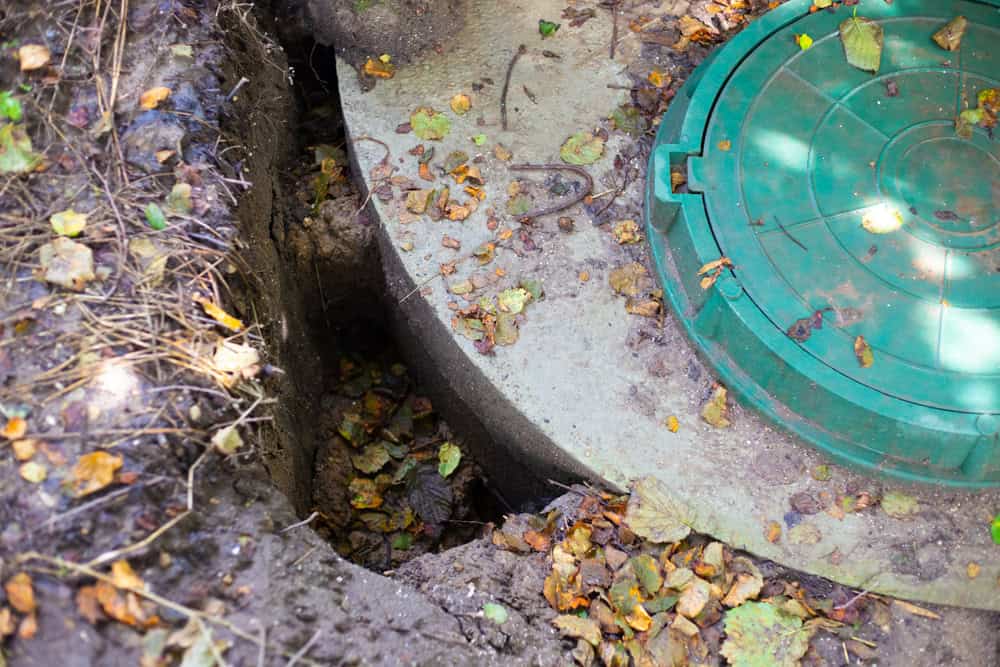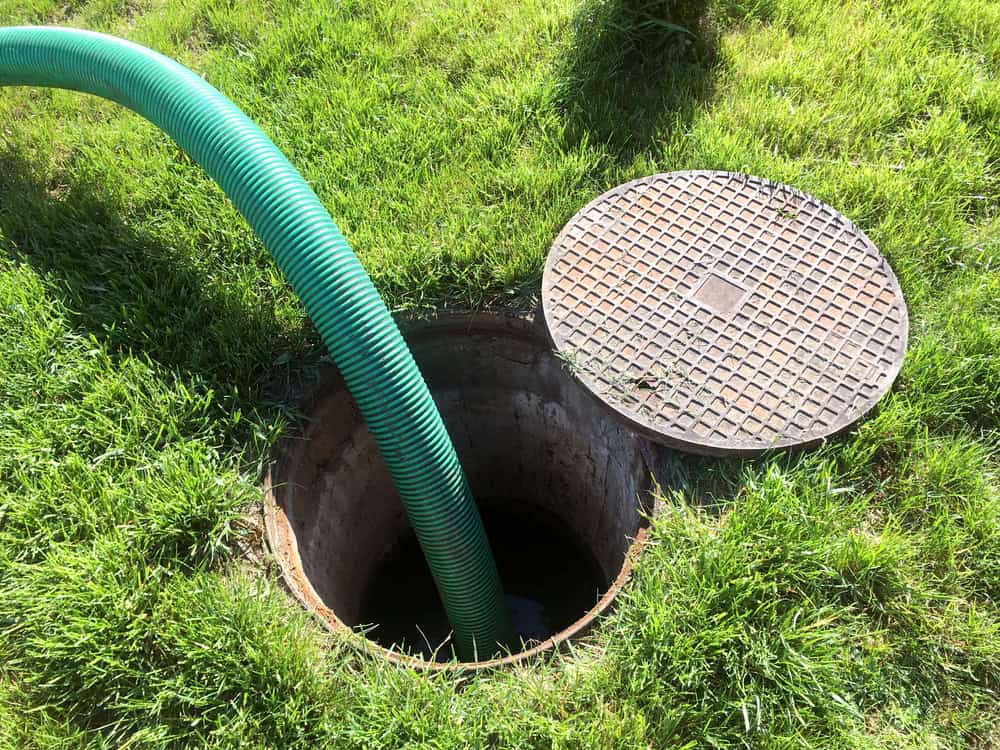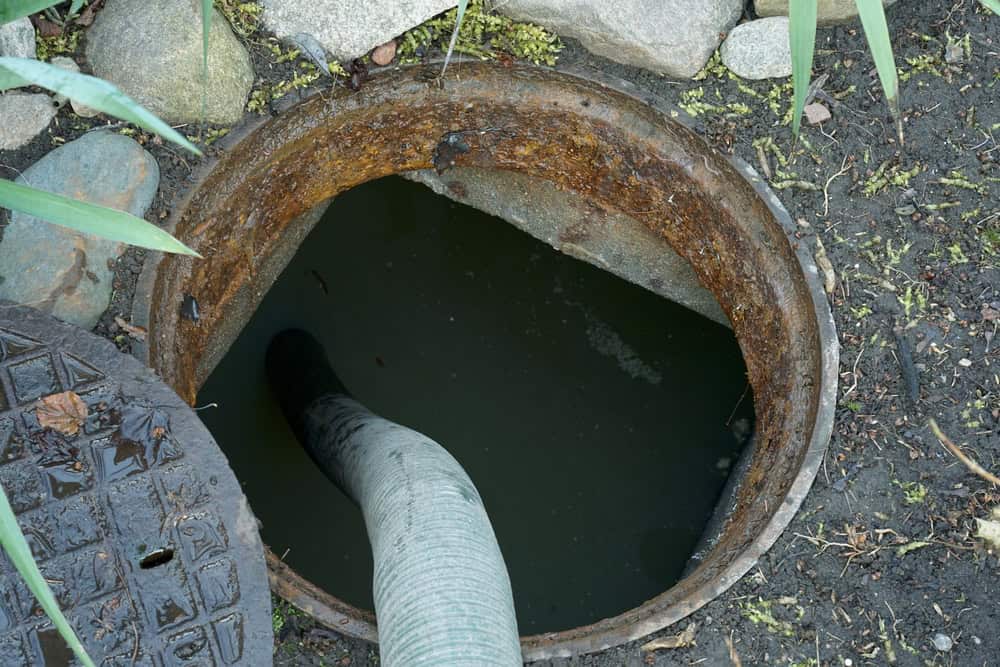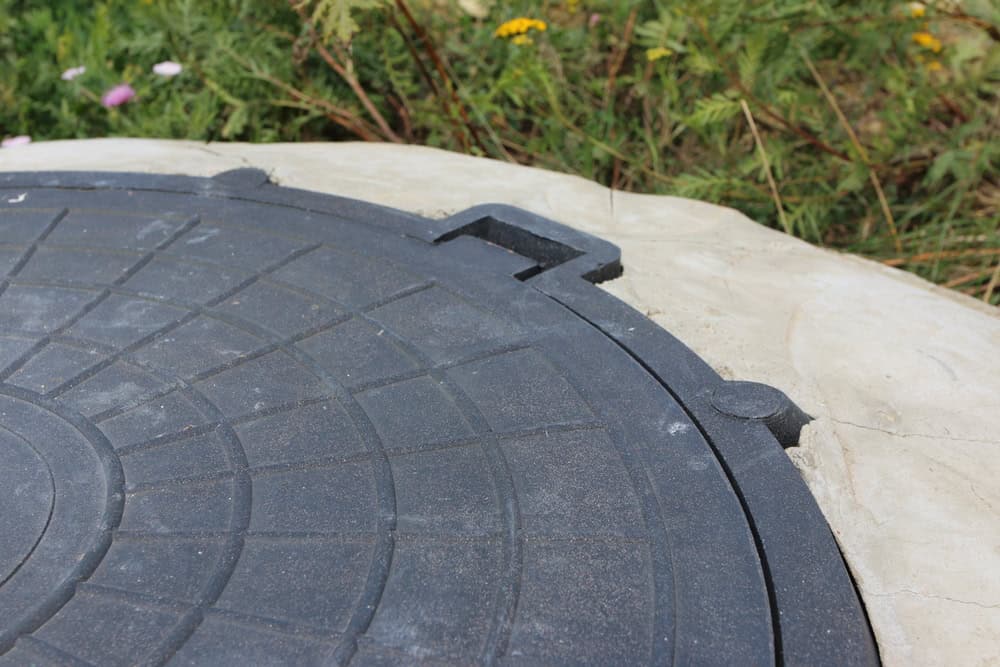Cesspool Service in Montauk, NY
Local Cesspool Solutions
Get top-notch cesspool services in Montauk. Improve your waste management with EZ Cesspool today.
What our clients say




Why Choose Us?
Benefits of Our Cesspool Services in Suffolk County, NY
- Routine maintenance prevents costly repairs and prolongs system life.
- Our commercial cesspool maintenance ensures business operations run smoothly.
- Cesspool inspection services catch issues early, saving you money.
- Reliable residential cesspool services keep your home safe and clean.

About EZ Cesspool
Trusted Cesspool Experts in Montauk
EZ Cesspool has been serving Montauk, NY, and the surrounding Suffolk County for years. Our expert team is dedicated to providing top-tier cesspool services, from inspections to repairs. We pride ourselves on reliability and customer satisfaction. Call us at 516-676-1199 to learn more.

Our Process
How We Deliver Excellence
- Assessment: We start with a thorough inspection.
- Maintenance: Routine cesspool maintenance to keep systems running smoothly.
- Repairs: Quick and efficient cesspool repair services when needed.


Comprehensive Cesspool Care
Why Cesspool Services Matter
Cesspool services are crucial for maintaining effective waste management systems. At EZ Cesspool, we specialize in residential and commercial cesspool management services. Regular inspections and maintenance prevent major issues, ensuring a clean and safe environment. Our team in Montauk, NY, is ready to assist you. Contact us at 516-676-1199 for all your cesspool needs.
View Our Septic Tank Services
About EZ Cesspool Long Island
Contact us
Montauk derives its name from the Montaukett tribe, an Algonquian-speaking tribe who lived in the area. In 1614, Dutch explorer Adriaen Block encountered the tribe at Montauk Point, which he named Hoeck van de Visschers, or “Point of the Fishers”. Two decades later, in 1637, the Montauketts sided for their own protection with the New England settlers in the Pequot War in Connecticut. In the aftermath the Montauketts were to sell Gardiners Island. In 1648 what would become the Town of Easthampton (first Maidstone) was sold to settlers by the colony of Connecticut and the colony of New Haven while retaining the lands to the east, from the hills rising above where the first fort stood (Napeague, New York) to Montauk Point. The western boundary of today’s Hither Hills State Park is also known as the 1648 purchase line.
In 1653, the Narragansett-Montaukett War started. Narragansetts under Ninigret attacked and burned the Montaukett village, killing 30 and capturing one of Chief Wyandanch’s daughters. The daughter was recovered with the aid of Lion Gardiner (who in turn was given a large portion of Smithtown, New York in appreciation). The Montauketts, ravaged by smallpox and fearing extermination by the Narragansetts, were provided temporary refuge by white settlers in East Hampton. Many short but famous battles ensued. The skirmishes ended in 1657. Fort Pond Bay derives its name from a Montaukett “fort” on its shore. A deed was issued in 1661 titled “Ye deed of Guift” which granted all of the lands east of Fort Pond to be for the common use of both the indigenous people and the townsmen.
Further purchase agreements were entered into in 1661, 1672 and 1686 which, among other things, allowed a group of Easthampton townsmen to graze cattle on the Montaukett lands. While some lands were protected in the agreements as forest land, for the most part, all of Montauk was maintained by the townsmen as a private livestock and fisheries operation. As a result of Montauk being operated as a livestock operation, it is considered to be the oldest cattle ranch in the United States.
Learn more about Montauk.